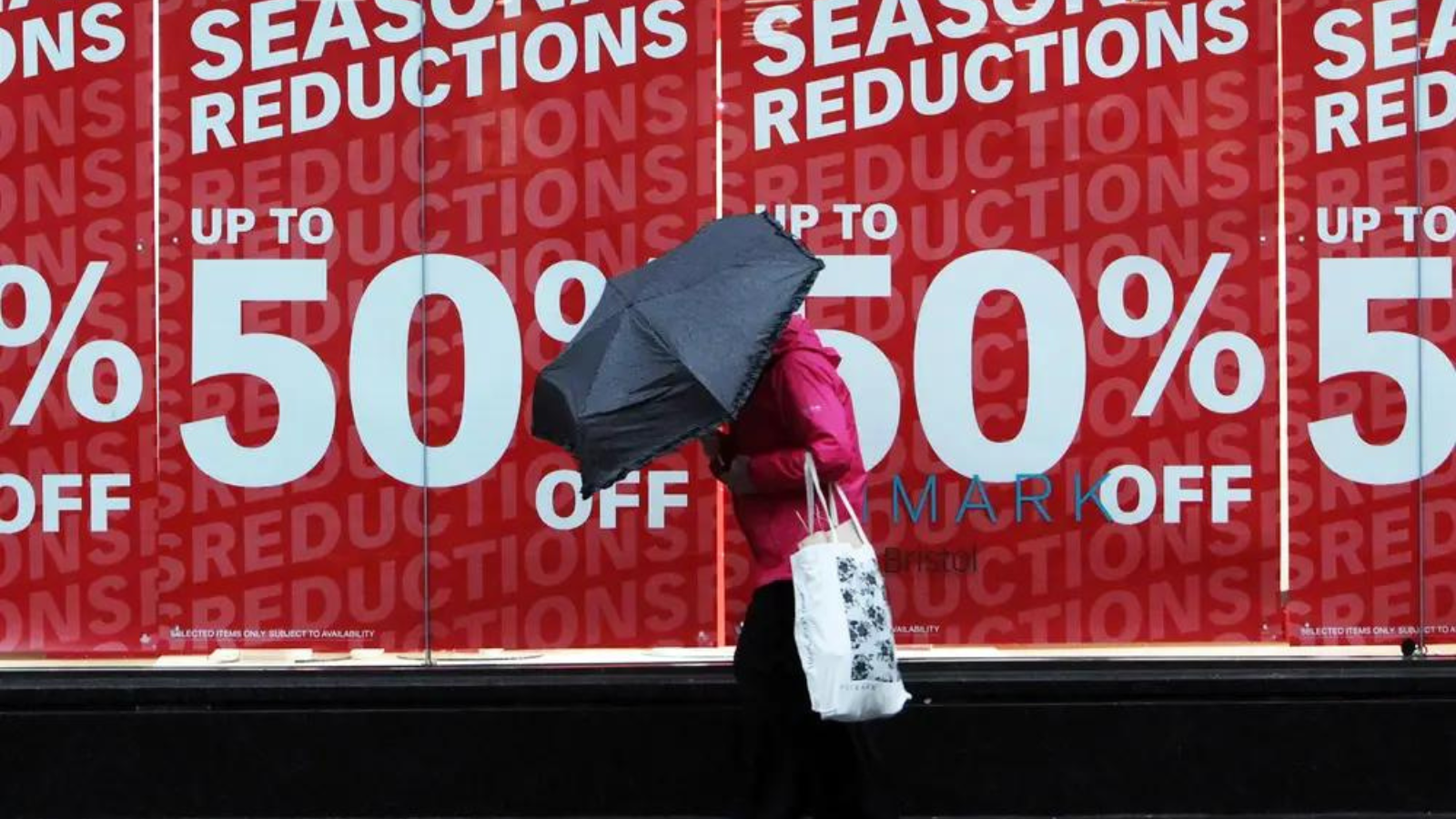5 Ways Numbers Make You Spend More During Sales

When it comes to enticing consumers to make purchases during sales, retailers employ a host of pricing strategies. The use of specific numbers and formatting can have a profound impact on consumer behaviour. Here, we delve into five number tricks that effectively make you spend more during sales .
1. The Magic of Number 9
Also known as the 'Charm Price,' the number 9 has a remarkable ability to drive sales. Research published in Quantitative Marketing and Economics has shown that products with prices ending in 9, such as 19, 99, or 29.99, are more likely to be purchased by customers. Surprisingly, in some instances, they even outsell items with lower prices. This phenomenon occurs because these numbers create the illusion of a significantly lower price compared to the next whole number, even though the difference is merely one.
2. Commas Matter
Subtle changes in price formatting can have a significant impact on consumers' perceptions of value. For example, presenting a price as "Rs.1299" may appear to be a lower cost compared to "Rs.1,299." The absence of commas in the former makes the price seem less expensive to the brain, which can lead to increased sales. 3. The Decoy Price
Retailers often use the concept of the "decoy price" to influence customer choices. When given two pricing options for an item, such as "Rs.25" and "Rs.45," most shoppers will naturally gravitate toward the lower price. However, if a retailer wishes to sell the item at a higher price, they can introduce a third option that is slightly lower than the highest price, like "Rs.25," "Rs.42," and "Rs.45." This strategic move makes the Rs.45 option more attractive to customers, as they perceive it to offer better value for just Rs.3 more than the lowest price.
Also known as the 'Charm Price,' the number 9 has a remarkable ability to drive sales. Research published in Quantitative Marketing and Economics has shown that products with prices ending in 9, such as 19, 99, or 29.99, are more likely to be purchased by customers. Surprisingly, in some instances, they even outsell items with lower prices. This phenomenon occurs because these numbers create the illusion of a significantly lower price compared to the next whole number, even though the difference is merely one.
2. Commas Matter
Subtle changes in price formatting can have a significant impact on consumers' perceptions of value. For example, presenting a price as "Rs.1299" may appear to be a lower cost compared to "Rs.1,299." The absence of commas in the former makes the price seem less expensive to the brain, which can lead to increased sales. 3. The Decoy Price
Retailers often use the concept of the "decoy price" to influence customer choices. When given two pricing options for an item, such as "Rs.25" and "Rs.45," most shoppers will naturally gravitate toward the lower price. However, if a retailer wishes to sell the item at a higher price, they can introduce a third option that is slightly lower than the highest price, like "Rs.25," "Rs.42," and "Rs.45." This strategic move makes the Rs.45 option more attractive to customers, as they perceive it to offer better value for just Rs.3 more than the lowest price.
4. Whole Numbers vs. Decimals
The use of whole numbers versus decimals can impact customers' perceptions of price. Items priced with whole numbers often appear more expensive to consumers than those with decimals, especially when the leading digit is lower. For instance, "Rs.150" may seem considerably more costly than "Rs.149.99," leading consumers to choose the latter option more frequently. 5. Number of Syllables
The number of syllables in a price can influence how consumers perceive its value. Prices with fewer syllables tend to be perceived as less expensive, even if they are, in reality, more affordable. For example, "Rs.38.72" with seven syllables may appear pricier to the brain than "Rs.40.90," which has only five syllables.
The use of whole numbers versus decimals can impact customers' perceptions of price. Items priced with whole numbers often appear more expensive to consumers than those with decimals, especially when the leading digit is lower. For instance, "Rs.150" may seem considerably more costly than "Rs.149.99," leading consumers to choose the latter option more frequently. 5. Number of Syllables
The number of syllables in a price can influence how consumers perceive its value. Prices with fewer syllables tend to be perceived as less expensive, even if they are, in reality, more affordable. For example, "Rs.38.72" with seven syllables may appear pricier to the brain than "Rs.40.90," which has only five syllables.
Understanding the psychology behind pricing is crucial for retailers looking to maximize sales during promotional periods. By leveraging these number tricks, businesses can influence consumer behavior and encourage them to spend more during sales events.
Next Story